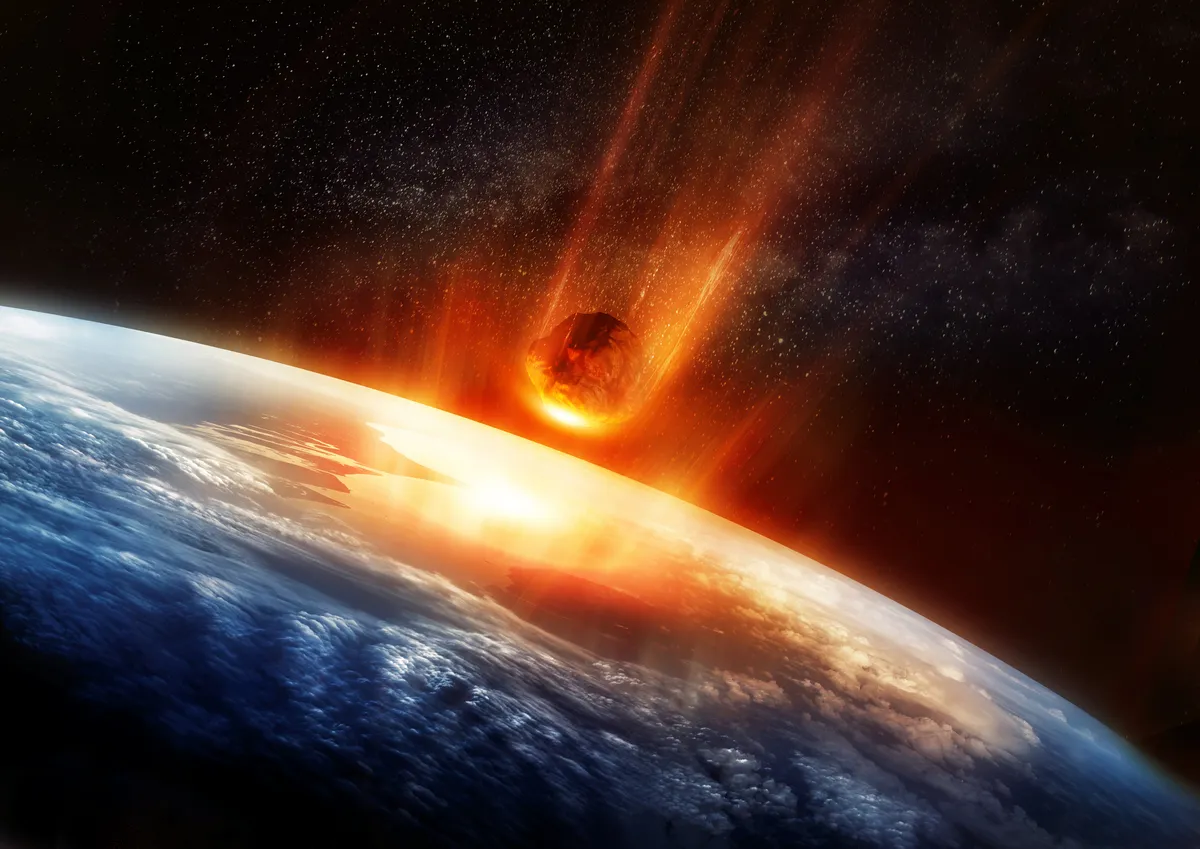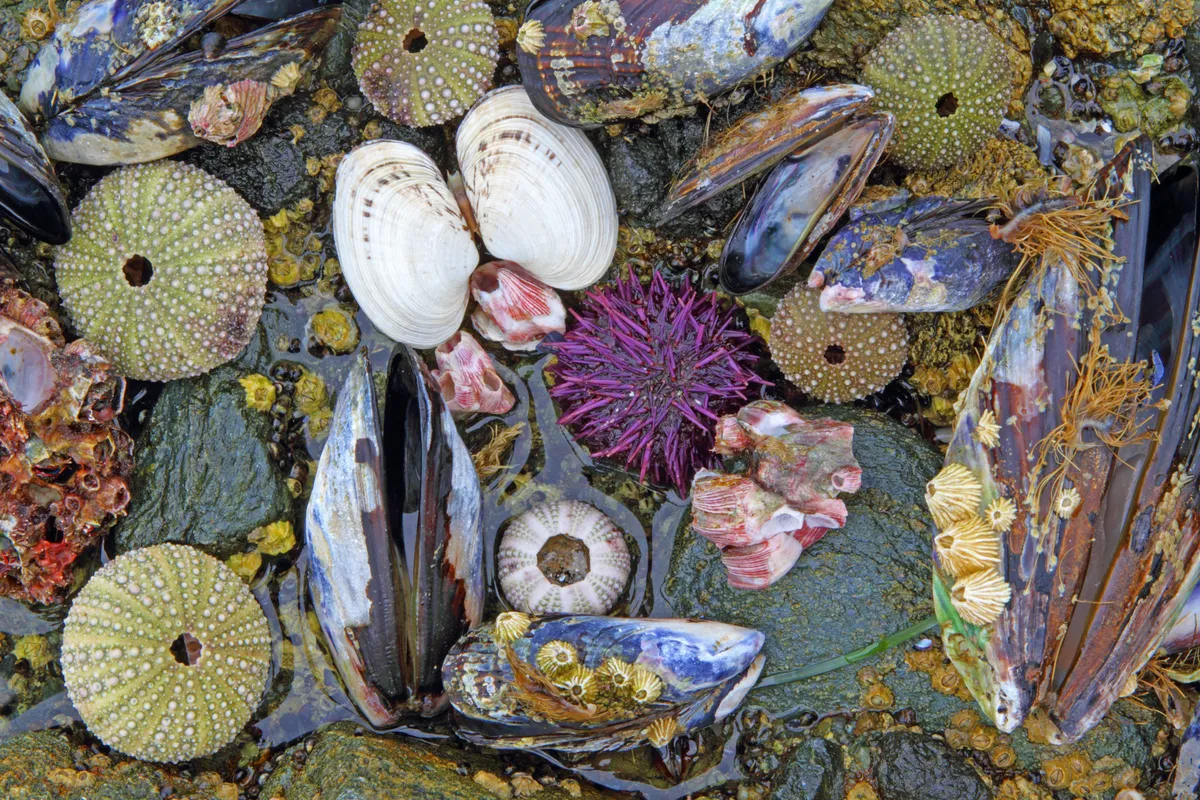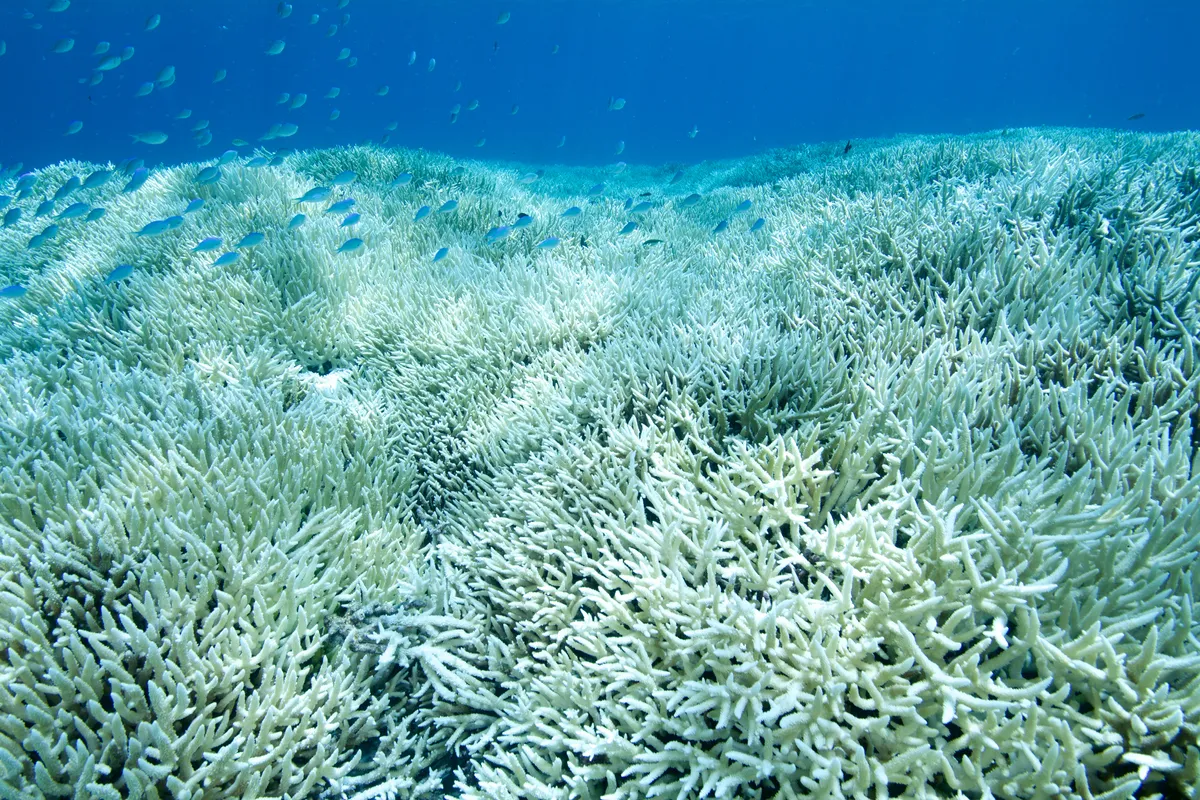A new study has revealed the first direct evidence that the marine mass-extinction known as the Cretaceous-Paleogene extinction event coincided with a rise in ocean acidity.
This change in the pH of the oceans is thought to have affected the development of animals with shells and skeletons, which had devastating effects for predators up the food chain, leading to mass die-offs.
The team of researchers from Yale University and the Universities of St Andrews and Bristol used boron isotope analysis and modelling techniques to confirm the long-suspected theory.
The extinction event, which occurred 66 million years ago, is the same infamous one that spelled the end for the dinosaurs. As well as these iconic reptiles, the impact and after-effects of the meteorite that struck the earth in this period killed almost 75 % of the animal species on the planet.
Although it is widely accepted that a meteorite impact could have triggered the conditions that led to the mass extinction, this research verifies the theory and confirms it to be a more important driving-factor behind extinctions than other explanations such as intense volcanism. The exact cause of death of marine creatures in the post-impact world has also until now only been speculated.

“For a long time people have thought there might be a decrease in ocean pH because the meteorite hit sulphur-rich rocks, which could add sulphuric acid to the atmosphere and ocean, but until now no one had any direct evidence to show this happened,” said co-author Dr James Rae, from the School of Earth and Environmental Sciences at the University of St Andrews.
To test these ideas, the team, took measurements of the make-up of fossil shells from before, during, and after the extinction event. They looked at the levels of boron isotopes in these shells, which allowed them to detect changes in the acidity of the ocean in which they were formed.
The results suggest that the pH of the ocean was significantly lower (more acidic) after the meteorite hit, dropping by 0.25 pH units in the 100-1,000 years after the strike, and that this may have prevented calcifiers - animals that make their shells and skeletons from calcium carbonate – from forming their shells.

As these creatures were vital food sources for many other marine species, their loss was central to the disruption of the entire ecosystem.
This new research was also able to clear up another debate, regarding the extent to which the ocean ecosystem ‘died’ following the meteor impact. There had previously been two opposing theories, the first of these, named the ‘Strangelove Ocean’ theory argued that following the extinction event the normal carbon cycle stopped and that the ocean was essentially dead for a long period of time (nearly 3 million years).
Named in reference to the apocalyptic effects of the Doomsday machine in the 1960’s SciFi film “Dr. Strangelove”, this theory conjures up images of a vast lifeless ocean, devoid of life for millennia.
The other popular theory was called the “Living Ocean” theory and argued that although the extinction event killed off larger plankton species and disrupted the carbon cycle somewhat, it did not stop entirely.
Organisms living in the depths that relied on food sinking from the ocean surface may have continued relatively undisturbed, and there was a fairly rapid resurgence in animal productivity and abundance.
The new research reveals that the real scenario was probably somewhere in between these two extremes, finding that although there was a major loss of species productivity initially, there was a protracted transitional period of recovery.
“In a way, we reconciled both of these ‘Strangelove’ and ‘Living Ocean’ scenarios,” lead author Dr Michael Henehan said.
“Both of them were partially right; they just happened in sequence.”
The findings of this research could have very important and concerning implications for the future of our ocean under current anthropogenic climate change, especially in light of the discovery that it took hundreds of thousands of years for carbon cycling to return to normal after a period of acidification.
“Our data show that ocean acidification was a likely cause of this massive extinction of marine life”, explains Dr Rae. “The ocean is acidifying again today, due to input of fossil-fuel CO2, so we have to worry about what will this will do to marine life in the future”.

Main image: Illustration of the meteor impact. © Mark Garlick/Science Photo Library/Getty

